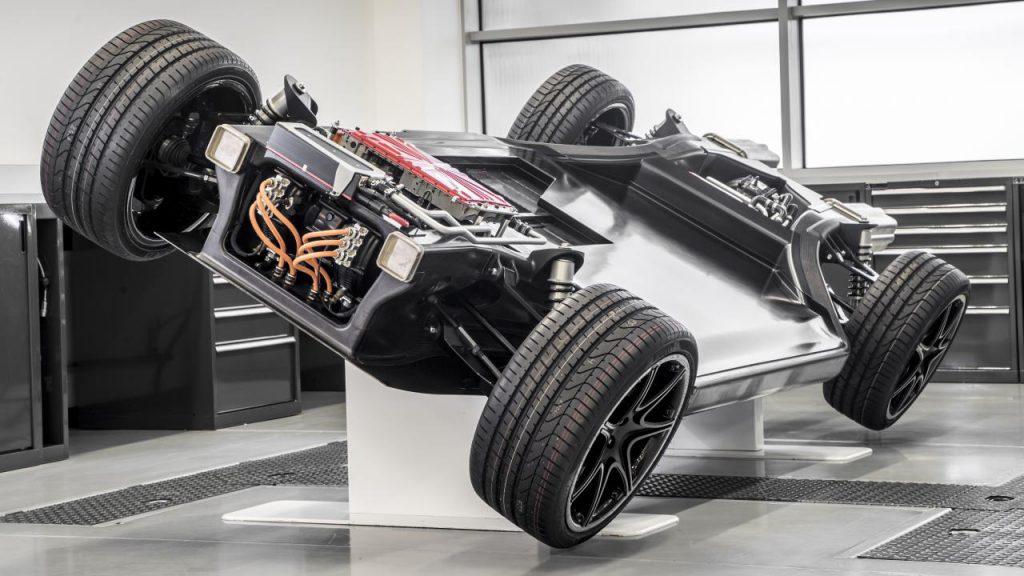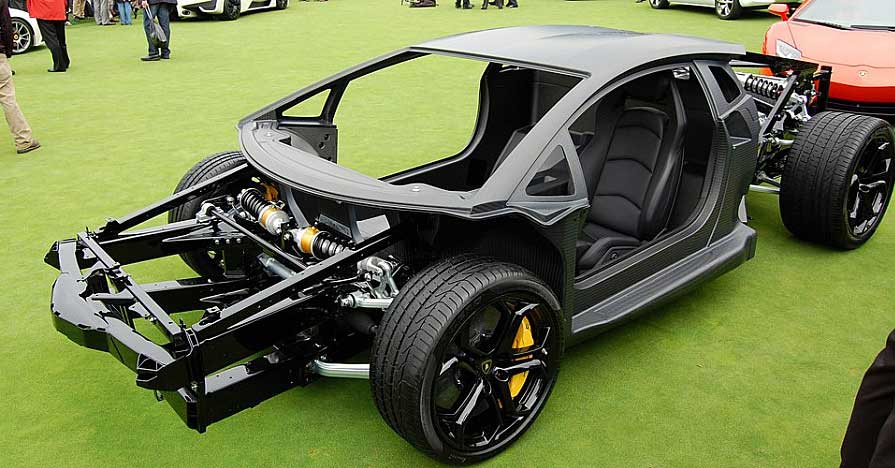The chassis are the most important part of the car. The complete car body stands on the sturdy metal frame we call a chassis. It is a French term that denotes the frame or structure of an automobile. The manufacturers label the chassis as the backbone of the vehicle. The car chassis comprises an engine, transmission system, brakes, axles, tires, and the frame. The makers mount all these components on the chassis frame while manufacturing a car.
Let us talk about the automotive vehicle chassis system in brief.
Contents
A Complete Guide To Car Chassis System
The chassis system offers appropriate strength to the automobile. The connection of the chassis frame with the car body adds power to its strength. It is no less than a task to provide sturdiness with minimum weight. Rigidity remains the most important factor while mounting the body on the chassis. Rough and bumpy roads produce a great impact on the frame chassis frame. It is imperative to make it stronger with less weight.
Let us discuss the major components of Automotive Chassis here:
1. Frame or structure
A strong structure is required to carry heavy loads in vehicles. The frame is the chief component in chassis. The professionals describe the frame rods as members. There is a connection between side members and horizontal members. It offers proper toughness to the structure. These cross members are the vital parts in car chassis frame.

See more:
- How Does the Suspension system Work in An Automobile? Find Here
- FWD to RWD Conversion- The Complete Detail
2. Suspension system
Handling becomes much easier when you drive top quality suspension system. Driving on bad road conditions has a great impact on the suspension system. It causes stress on the entire chassis of a car. Sudden acceleration also causes stress on the suspension system. The chassis bear up these forces and make the drives swift. Getting industry knowledge about suspension might be the ultimate choice while driving in rough conditions.
3. Brake system
It is another crucial part in an automobile. Driving without brakes sounds intricate. The chassis frame holds the braking system of the car as well. Automotive vehicles come with hydraulic braking systems these days. The chassis have to resist sudden braking in the vehicles. An automobile carrying a load might lose track if the braking system is not working properly. A great force comes into play when a heavy load vehicle applies sudden brakes. It is essential to design the automobile chassis according to the force-bearing capacity.
4. Engine
A car engine is a part that helps convert other forms of energy into mechanical power, helping to provide power and torque to the wheels, so that the car can drive on the road at the desired speed.
Usually, the engine is mounted on the vehicle frame, depending on the vehicle type, the engine can be mounted in the front, center, or rear of the vehicle. The structure of the engine is quite complex,including components such as intake and exhaust valve systems, spark plugs, connecting rods, crankshafts, pistons, etc. Transmission system, brakes, acceleration, and all other circuits are linked to the chassis and engine. Currently, on the market, there are 3 popular types of engines such as steam engines, internal combustion engines, and electric motors.
5. Clutch
The clutch is also connected to the chassis frame. Connection and disconnection of the power also happens with the help of clutch. It also acts as the connector between engine and the transmission system. Clutch also has a connection with gearbox, body, and engine.

6. Steering system
In addition to the above components, the car chassis also has a steering system, which has the function of adjusting the steering style and controlling the direction of movement of the front wheels according to the operator’s wishes. This system includes components such as a steering mechanism, power steering, and steering gear.
Currently, on the market, steering systems are divided into 4 main types: HPS (hydraulic steering system), EPS, EHPS steering system, and finally AFS (active front steering).
7. Springs
Springs have the effect of reducing vibrations on the road surface, creating smoothness when the car moves through bumps on the road surface. Thanks to their good damping, springs are often used in independent suspension systems. Typically, springs are made from flexible steel plates with a threaded design that helps the spring have better durability.
8. Radiators
The radiator is also known as the engine cooling system. This is a metal heat exchanger filled with antifreeze inside, rubber hoses are connected to it and attached to the respective engine allowing the fluid of the cooling system to circulate in them, to cool down the engine. The components that make up the radiator include the fan, water circulation pump, and fan belt drive.
9 Transmission system
The final part of the car chassis system is the transmission system. The transmission consists of gear systems that limit or change the relationship between the speed of the wheels and the speed of the vehicle engine.
Learn more about the chassis system:
The Final Thoughts
That is all about the automotive car chassis system and its components. Make sure to have complete knowledge of the chassis before purchasing any car. An older chassis might come with great troubles.



